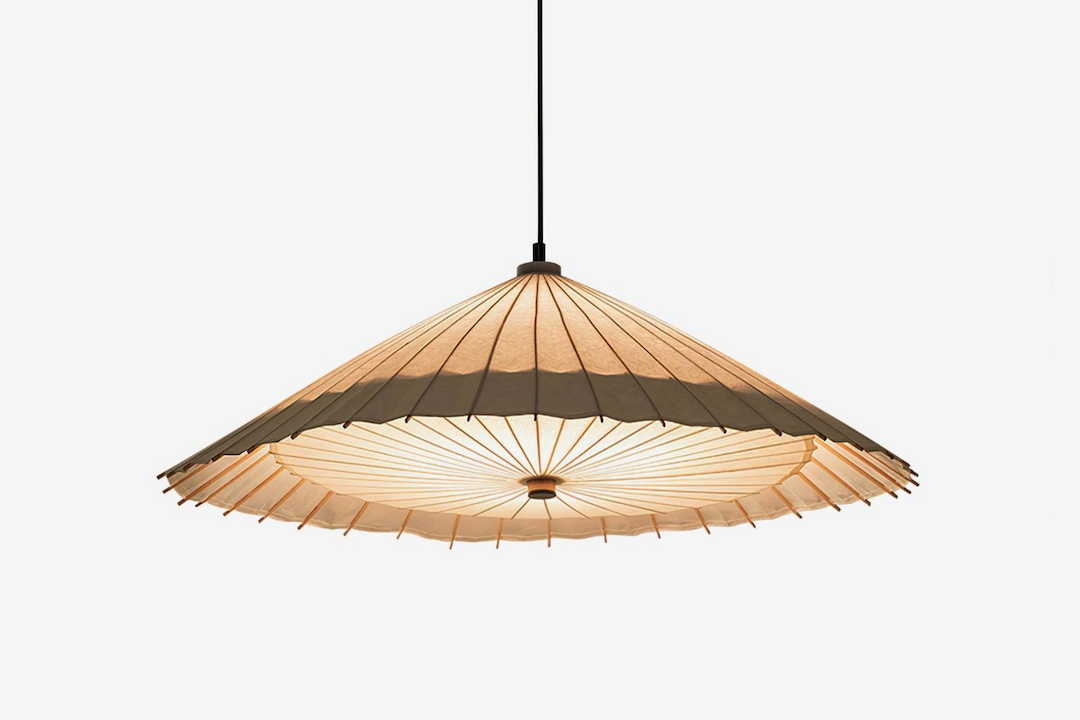Origami, the traditional Japanese art of paper folding, has a rich history that dates back over a thousand years. While the earliest forms of origami were primarily utilitarian, serving purposes such as ceremonial offerings or practical items, the evolution of this craft has led to the creation of intricate designs that captivate the imagination. The concept of origami chandeliers emerged as artisans began to explore the potential of paper as a medium for light fixtures.
This innovative approach to lighting design combines the delicate aesthetics of origami with functional artistry, resulting in stunning visual displays that transform spaces. The first instances of origami chandeliers Cooblo can be traced back to the late 20th century when designers began to experiment with the structural properties of folded paper. Artists like Isamu Noguchi and later, contemporary designers such as David Trubridge, played pivotal roles in popularizing this fusion of art and function.
These chandeliers often feature geometric shapes and intricate patterns that mimic natural forms, reflecting the organic beauty found in nature. As the trend gained momentum, origami chandeliers became a symbol of modern design, showcasing how traditional techniques can be reinterpreted in contemporary contexts.
The Art of Japanese Umbrella Design
Japanese umbrellas, known as “wagasa,” are a testament to the country’s rich craftsmanship and aesthetic sensibilities. These umbrellas are not merely functional objects; they embody a deep cultural significance and artistic expression. Traditionally made from materials such as bamboo and washi paper, wagasa are often adorned with intricate designs that reflect seasonal themes or historical motifs.
The process of creating a wagasa is labor-intensive, requiring skilled artisans to meticulously craft each component, from the delicate ribs to the beautifully painted canopy. The design of Japanese umbrellas is characterized by their elegant lines and vibrant colors. The use of natural dyes and patterns inspired by nature—such as cherry blossoms or waves—adds to their allure.
Beyond their practical use in protecting against rain or sun, wagasa have been featured in various cultural practices, including traditional tea ceremonies and festivals. Their presence in these contexts elevates them from mere objects to symbols of grace and tradition, making them an integral part of Japan’s cultural heritage.
The Inspiration Behind the Elegant Origami Chandelier
The elegant origami chandelier draws inspiration from both the intricate folds of traditional origami and the graceful forms of Japanese umbrellas. This synthesis creates a unique lighting fixture that not only illuminates a space but also serves as a work of art. The interplay between light and shadow in an origami chandelier is particularly striking; as light filters through the folds and creases of the paper, it casts delicate patterns on surrounding surfaces, enhancing the ambiance of any room.
Designers often look to nature for inspiration when creating origami chandeliers. The fluidity of organic shapes—such as leaves, flowers, or even waves—can be translated into folded paper designs that evoke a sense of movement and life. For instance, an origami chandelier inspired by the shape of a lotus flower might feature layers that mimic the petals opening up to receive sunlight.
This connection to nature not only adds aesthetic value but also resonates with the principles of sustainability, as many designers choose eco-friendly materials for their creations.
How to Create Your Own Origami Chandelier
Creating your own origami chandelier can be a rewarding project that allows you to explore your creativity while producing a functional piece of art. To begin, gather materials such as high-quality paper (washi or cardstock works well), scissors, a ruler, and a light source like LED bulbs for safety. Start by selecting a design; there are numerous templates available online that cater to various skill levels.
For beginners, simpler designs like geometric shapes or star patterns can be a great starting point. Once you have your design chosen, carefully follow the folding instructions, ensuring each crease is sharp for a polished look. After constructing several individual pieces, you can assemble them into a cohesive chandelier structure.
This may involve attaching them to a frame made from lightweight materials like wire or bamboo. Finally, incorporate your light source into the design, ensuring it is securely mounted and safe for use. The process not only results in a beautiful chandelier but also provides an opportunity to reflect on the meditative aspects of origami folding.
Tips for Incorporating the Chandelier into Your Home Decor
When incorporating an origami chandelier into your home decor, consider the overall aesthetic of your space. These chandeliers can serve as statement pieces in various settings, from modern minimalist interiors to more eclectic designs. To enhance their visual impact, position them in areas where they can be appreciated from multiple angles—such as above dining tables or in entryways.
The play of light and shadow created by the folds will add depth and interest to your decor. Additionally, consider the color palette and material choices when selecting or creating your origami chandelier. Light-colored papers can create an airy feel, while darker hues may lend a more dramatic touch.
Pairing your chandelier with complementary decor elements—such as cushions or wall art that echo its colors or shapes—can create a harmonious look throughout the room. Finally, don’t shy away from mixing styles; an origami chandelier can beautifully contrast with more traditional furnishings, adding an unexpected twist that sparks conversation.
The Symbolism of the Japanese Umbrella in Design
The Umbrella as a Symbol of Grace and Poise
The act of using an umbrella is often associated with grace and poise, reflecting the values of mindfulness and respect inherent in Japanese aesthetics.
Incorporating Wagasa Elements in Design
In design contexts, incorporating elements inspired by wagasa can evoke feelings of tranquility and balance within a space. Moreover, the umbrella’s circular shape symbolizes unity and completeness in many cultures, including Japan. This symbolism can be particularly powerful when integrated into design elements like chandeliers or other decorative pieces.
Emotional Resonance through Cultural Narratives
By drawing on these cultural meanings, designers can create works that resonate on deeper emotional levels with those who experience them. An origami chandelier inspired by the form of a Japanese umbrella not only serves as a beautiful lighting fixture but also embodies these rich cultural narratives.
The Versatility of Origami Chandeliers in Different Spaces
Origami chandeliers are remarkably versatile and can enhance various types of spaces with their unique charm. In residential settings, they can serve as focal points in living rooms or dining areas, where their intricate designs can be fully appreciated. In more intimate settings like bedrooms or reading nooks, smaller versions can create cozy atmospheres while providing soft illumination that invites relaxation.
Commercial spaces also benefit from the inclusion of origami chandeliers. Restaurants and cafes often use them to create inviting environments that encourage patrons to linger longer. Their artistic nature can enhance branding efforts by aligning with themes of creativity and innovation.
Additionally, offices that prioritize design aesthetics may incorporate these chandeliers to foster an inspiring work environment that reflects modern sensibilities while promoting employee well-being through thoughtful lighting choices.
The Cultural Significance of Origami and Japanese Design
Origami is not merely an art form; it is deeply intertwined with Japanese culture and philosophy. The meticulous process of folding paper reflects values such as patience, precision, and respect for materials—qualities that are highly regarded in Japanese society. This cultural significance extends beyond origami itself; it encompasses broader aspects of Japanese design principles that emphasize harmony with nature, simplicity, and functionality.
Incorporating origami into design practices allows for a celebration of these cultural values while also pushing creative boundaries. As designers around the world draw inspiration from this ancient art form, they contribute to a global dialogue about sustainability and innovation in design. The resurgence of interest in traditional crafts like origami highlights a collective yearning for authenticity in an increasingly digital world, reminding us of the beauty found in handcrafted artistry and cultural heritage.


